Sean Trende of Real Clear Politics – an underrated blogger, possibly because RCP is such a good site generally that its bloggers get overshadowed – still holds his opinion from April that the House is going to flip big in November:
The bottom line is that Democrats are on pace for an ugly November. They’re increasingly running out of time to change the dynamic, and it looks about as likely that things will get worse as that they will get better. If the elections were held today, the balance of the evidence suggests they would lose 50-60 seats. If you think the political environment will improve for Democrats, you can adjust your expectations accordingly, but if you think they will get worse, you can do the same.
He’s basing that on a few things: the Gallup and Rasmussen generic ballot polls, and the NPR analysis.
My analysis of the NPR survey was… minimalist, but essentially accurate, so let us move on to the generic ballot polls. Since Sean wrote his article both Gallup and Rasmussen have put up new weekly snapshots; the former has gone back to tied after being R+5, and the latter is down to R+8 from R+10. Most people will get that the shift in Rasmussen doesn’t actually mean all that much; but what is not immediately clear is that the short-term shift in Gallup merely masks the Democrats’ larger problem.
Historically, Democrats have almost always led on the generic ballot among all registered voters. But the size of that lead usually shrinks once turnout is factored in (something Gallup typically does in the fall of a midterm election year), given usual Republican advantages in voter turnout.
Democrats typically need a cushion of at least five percentage points among registered voters to maintain an advantage once turnout is taken into account. For example, Democrats consistently led by double digits among voters in 2006 before winning enough seats to take party control of the U.S. House, so they still held an advantage even with a Republican edge in turnout. In 1994, however, the best Republican year in recent memory, the generic ballot results among all registered voters generally showed a tied race or a Republican advantage for most of that election year.
Which is Gallup’s way of saying that if they were doing likely voters they’d probably be getting numbers much like Rasmussen’s. The enthusiasm gap in voters suggests that as well; Gallup is seeing a double-digit difference between enthusiastic Republican voters, and everybody else (the Democrats seem* to have pinned what hopes – and $50 million dollars – they have on reversing this). To that I’d like to add this poll: Rasmussen has found that 47% the voting public now blames the economy on former President Bush, and 45% on current President Obama. In May of 2009 those numbers were 62% Bush, 27% Obama.
If that trend keeps up, it’s not entirely certain that the Democrats should want 2008 voters to come to the 2010 polls.
Moe Lane
*I say ‘seem’ because, as anonymous sources in that Washington Post article suggest, this effort can more easily be seen as the White House building up its 2012 infrastructure at the cost of 2010. Never forget: the President likes what a colleague calls ‘rule by scapegoating.’
Crossposted to Moe Lane.



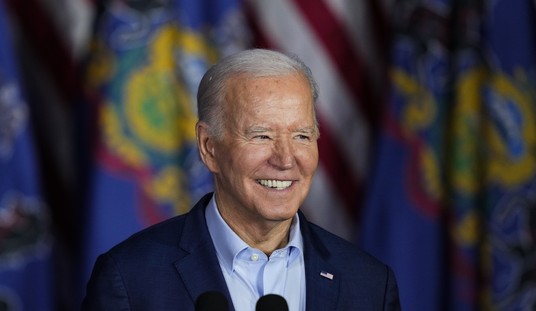

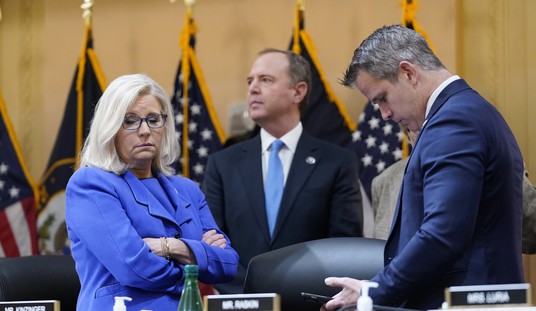



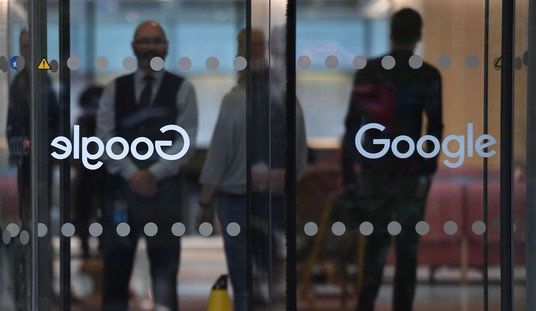

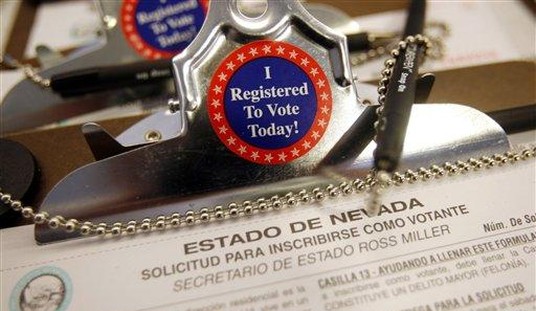

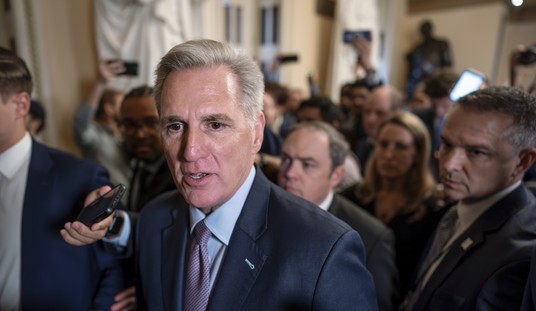
Join the conversation as a VIP Member